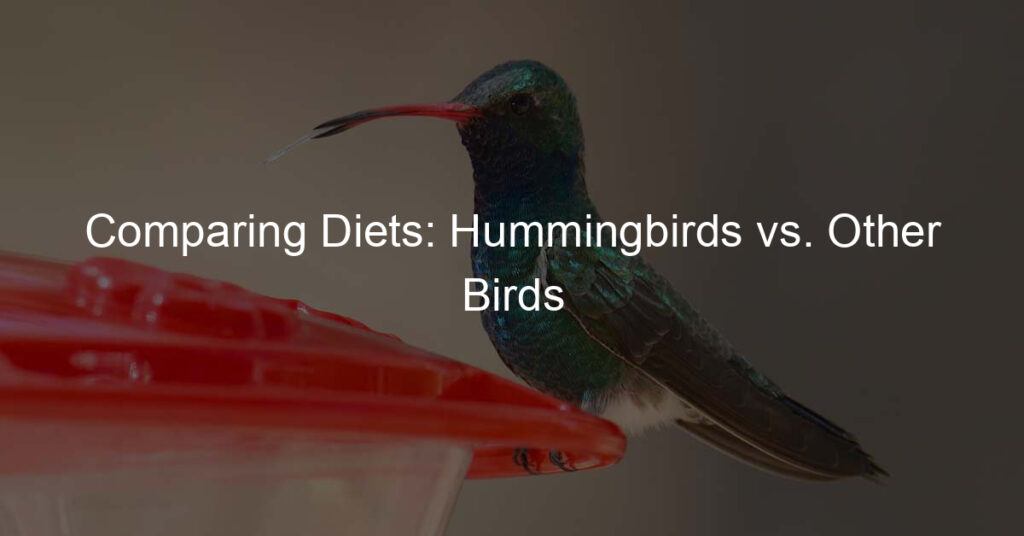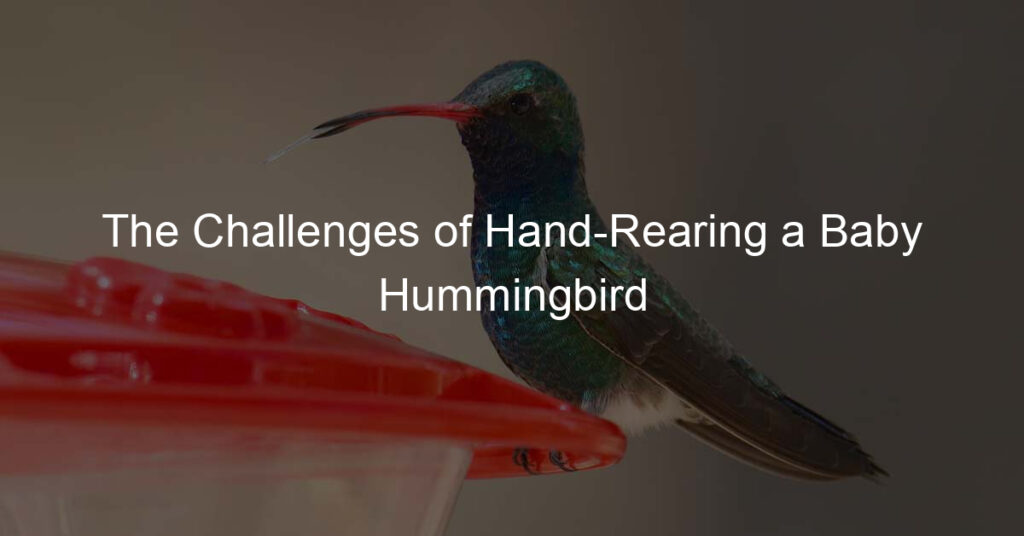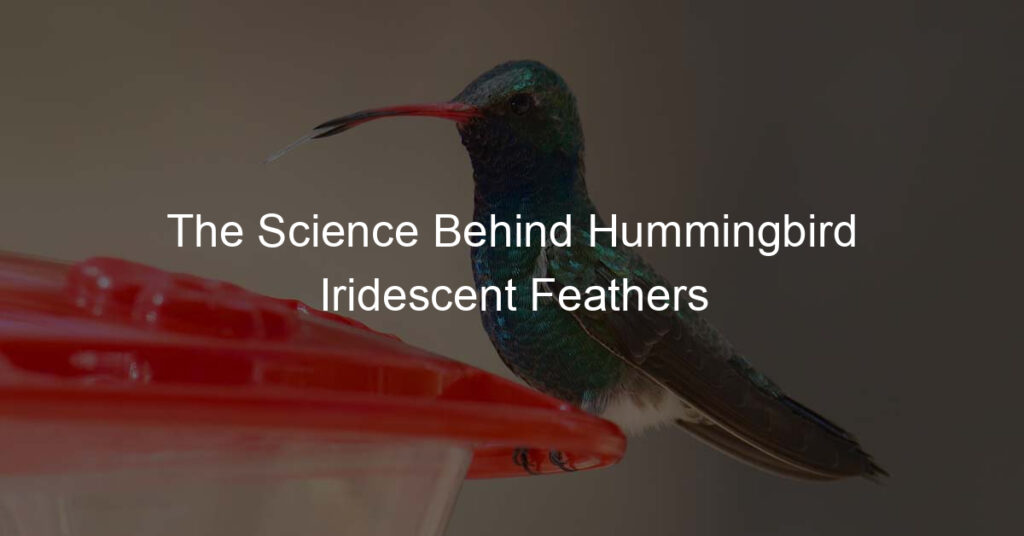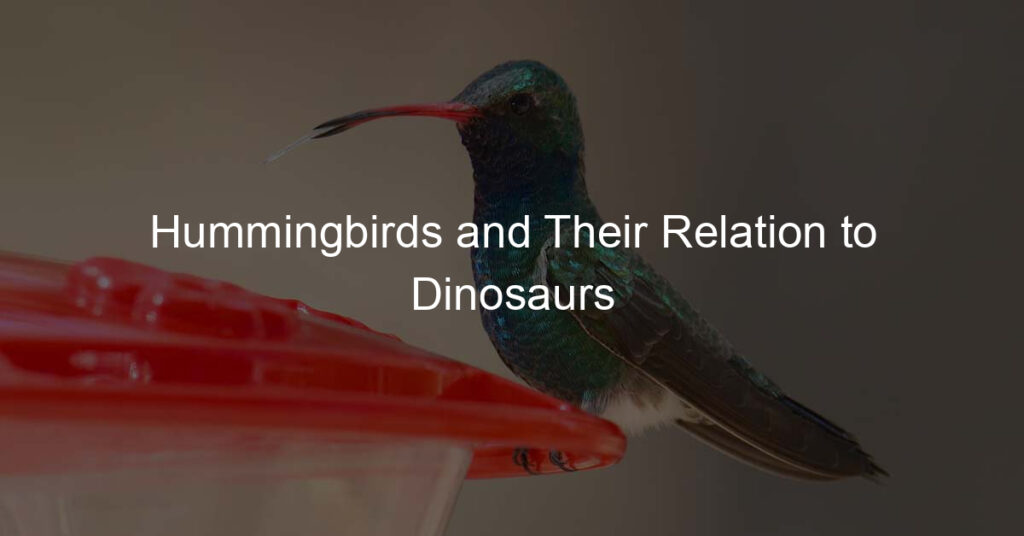Is there anything more enchanting than a hummingbird? These tiny creatures are not only a subject of fascination for bird lovers, but also for those who study mythology and ancient cultures. That’s because the hummingbird has long been associated with goddesses and other powerful female figures. Whether you’re curious about the meaning behind this symbolism or just want to learn more about these amazing creatures, read on to discover the fascinating history of the hummingbird in myth and legend.
Who is the goddess of hummingbirds?
The goddess of hummingbirds is the Mayan deity Ixchel, a powerful spirit who reigns over love, childbirth, fertility, and weaving. She is commonly portrayed as an older woman donned in a red or white dress adorned with a headdress full of bright feathers. Ixchel is believed to have had power over both the heavens and the earth, making her one of the most potent spiritual beings.
At times she was even credited as being a creator of life itself. In recent years Ixchel’s influence has grown as people continue to turn to her for guidance, protection, and general spiritual support—many consider her to be an ultimate guardian angel!
What deity does the hummingbird symbolize?
The hummingbird is an icon of the spiritual realm – a messenger from the gods and goddesses. Many Native American tribes saw the bird as a representation of Guan Yin, the Chinese deity associated with compassion, love, and kindness. The Aztecs and Mayans believed that the hummingbird symbolized Huitzilopochtli, their god of war. For them, this signified courage, power, and strength to move forward through difficult times.
The Incas glimpsed Heamamao, their Sun God in the hummingbird’s movement and feathers. In its tireless energy, they recognized Heamama’s infinite wisdom and absolute authority over space and time. Thus, a different deity may be attached to the hummingbird depending on cultural backgrounds but one thing stands true: it resonates deeply with spirituality in many areas of life
What is the mythology about hummingbirds?
The hummingbird has its own mythology in many cultures. In Aztec culture, they believed a magical hummingbird had golden feathers and its songs could heal the world. It was also believed that hummingbirds possessed winged souls that could travel back and forth from heaven in order to spread love and joy in the world. In some parts of Latin America, carved wooden wings of hummingbirds are given as good luck charms for success and prosperity.
Other indigenous cultures valued the bird for its remarkable ability to hover in place against a breeze like no other bird can, which revealed its connection to the sacred energies of the universe. Hummingbirds have held a magical place in myths for centuries, bringing love, joy, luck, and healing into our lives.
What goddess is represented by birds?
In Greek mythology, birds play an important role in representing the goddess Athena. The owl is most closely associated with Athena as her sacred creature and emblem, but she was also often depicted with other bird species such as an eagle or crow. Athena was portrayed as the protectress of many different aspects of life, so birds were used to communicate her connection with heightened sight and knowledge, wisdom, power, and strength.
Birds flew around her to indicate that she directed the skies and could oversee anything happening on Earth below. In this way, they signified unity between humans and the gods by serving as messengers between them.
What is Hera’s bird?
Hera, the Greek goddess of marriage and childbirth, was believed to have a special bird as her messenger — the peacock. This beautiful bird symbolizes pride, vision, and immortality in Greek mythology because Hera was one of the 12 Olympian gods who were believed to never die. According to some sources, its shimmering feathers could make the monster Typhon retreat out of fear.
The Greeks also thought that when Hera sent a peacock as her messenger it meant that she was expressing her immense joy or anger at something. Peacocks are a representation of this powerful goddess’ magnificence and splendor that can be seen overflowing whenever she is around.
What is Aphrodite’s sacred bird?
Aphrodite, the goddess of love and beauty in Greek mythology, was a popular figure with strong connections to nature. One aspect of her was symbolized by the swallow—a small migratory bird. The swallow is a loyal bird that follows its partner in love, so it is viewed as an emblem of devoted affection and fidelity — perfect qualities associated with Aphrodite.
The goddess sometimes even took on the form of the swallow to show her strength and protection over the love between two individuals. For this reason, she has long been considered the patron of this particular species and is often found connected to it in ancient art and Aztec hieroglyphs.
It’s A Wrap
As we’ve discovered, Hummingbirds are frequently associated with the Aztec goddess Xochiquetzal– a deity of love, beauty, art, and sexuality. She is often represented by the infamously stunning headpiece: the ‘Xochiquetzal crown’, which typically features breathtakingly vibrant feathers from hummingbird species such as Anna’s Hummingbird or Ruby-Throated Hummingbird.
Her association with these birds further highlights their remarkable diversity and brilliance, acting as a symbolic reminder of just how powerful and enchanting nature can be. As we move into a much more advanced technological age, it’s essential to not forget the beauty that exists in the physical nature around us.
Taking time to pause and appreciate something as small as a hummingbird can sometimes have great rewards. After all, it could be that we are actually admiring one of Xochiquetzal’s beautiful winged messengers!







